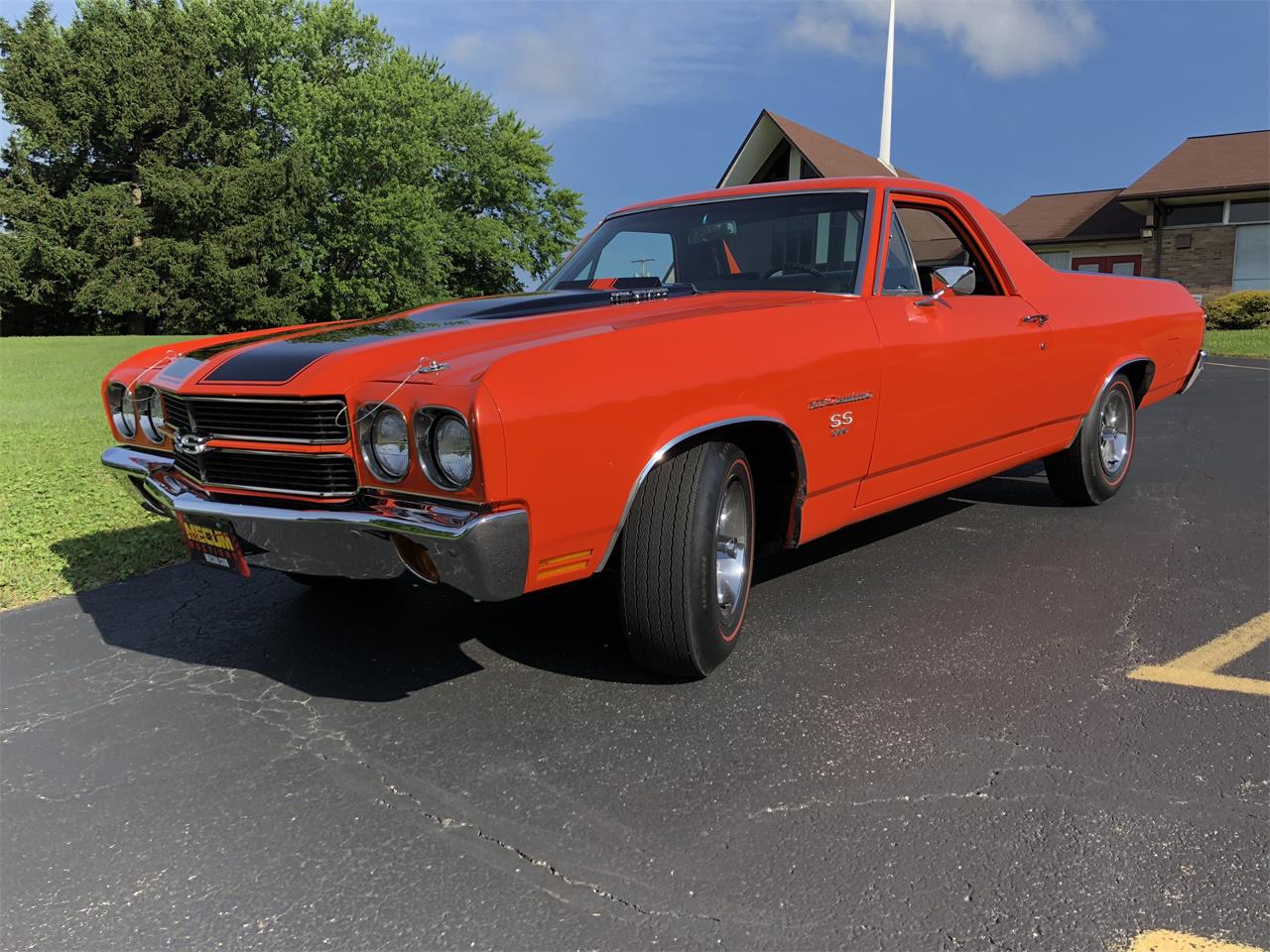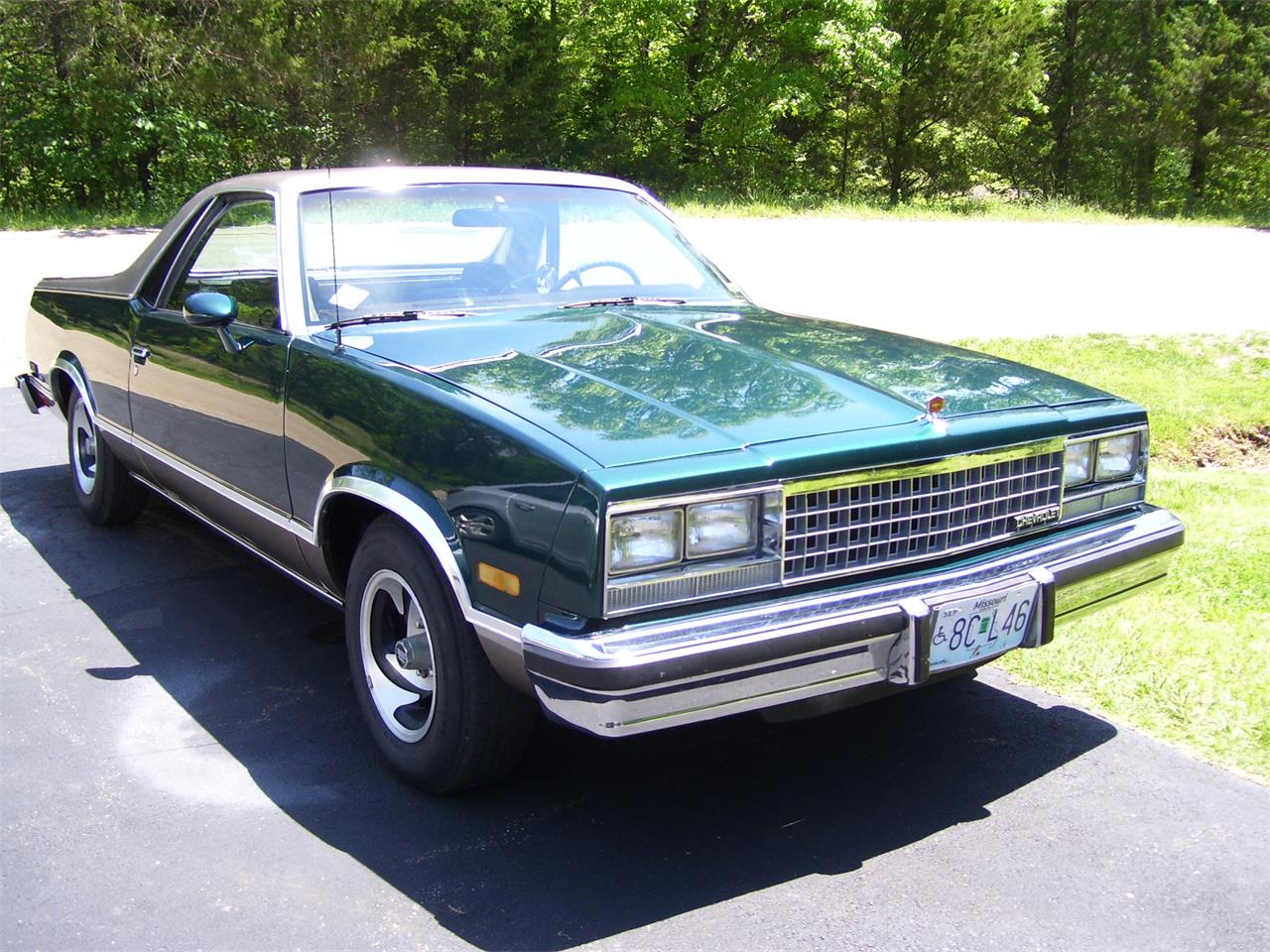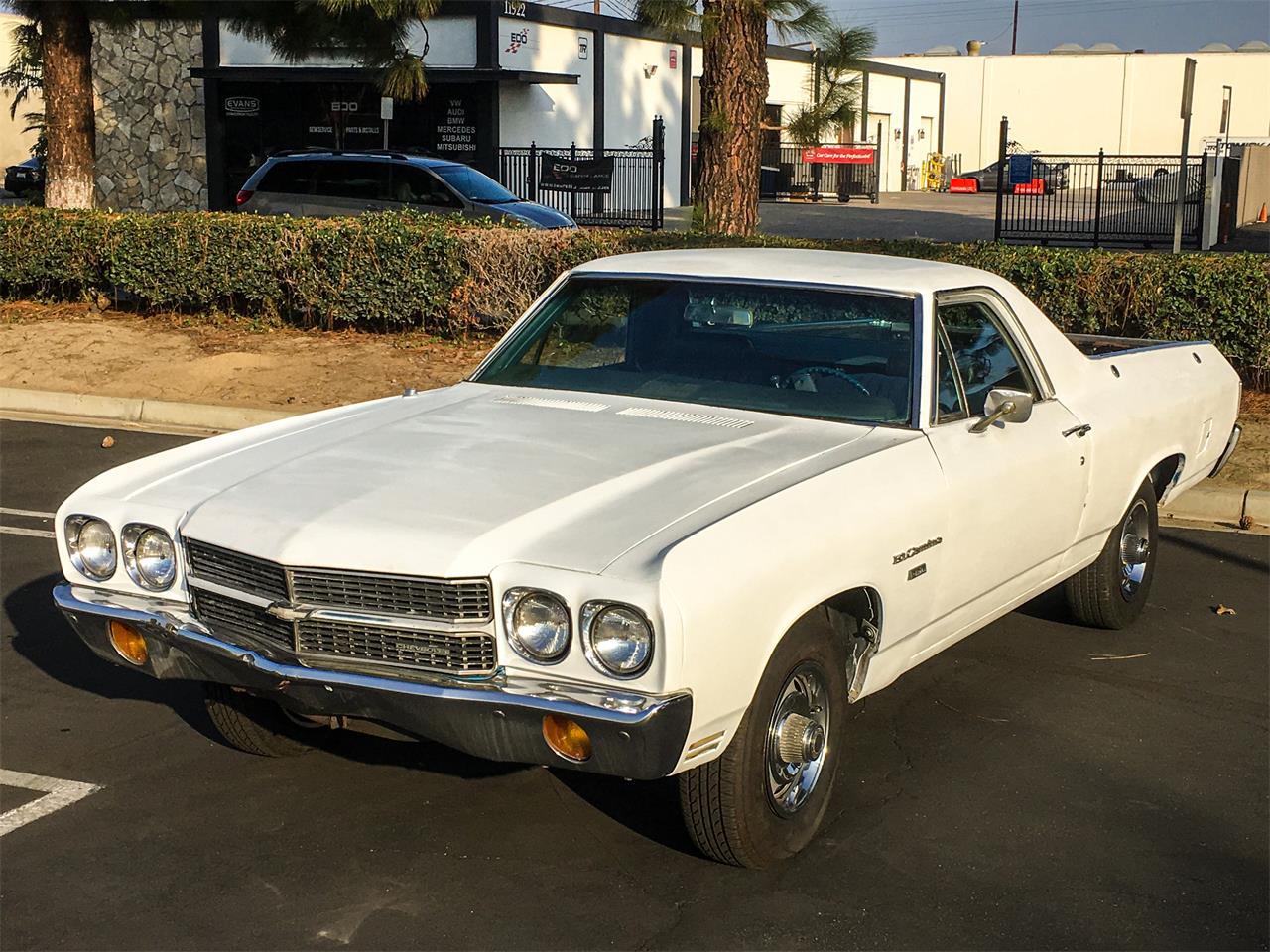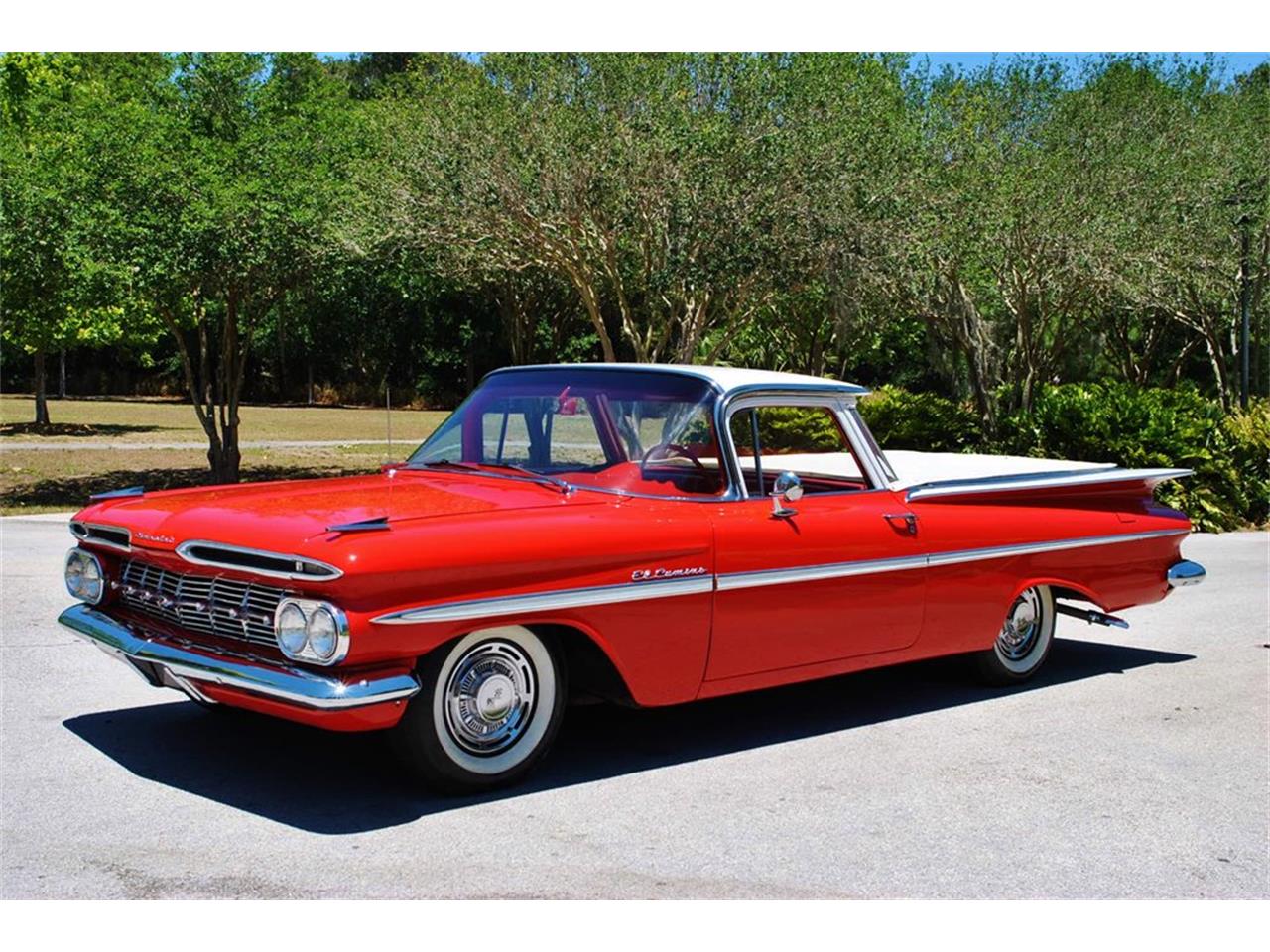

It was Earl, Jordan says, who suggested, "taking the Chevrolet passenger-car sedan and making a deluxe pickup out of it."īut Jordan says that his 1952 drawing had no direct connection to the original El Camino he had already been named chief designer in the Cadillac studio by the time the 1959 Chevrolet styling program got under way. Jordan recalls that the design sketch resulted from a discussion with GM's legendary design chief, Harley Earl. One of Jordan's early renderings for GM showed a 1952 Chevrolet passenger car with an integrated pickup box. "Chuck" Jordan, and he was destined to retire from GM in 1992 as its fourth vice president of design. The Cameo Carrier's genesis can be found in design exercises executed in the early 1950s by a talented and enthusiastic young stylist in the GM truck design group. Two-tone paint, smooth V-8 power, an automatic transmission, a relatively luxurious interior, power assists, and more were among its attractions. Although a truck in every sense, the Cameo offered an unprecedented array of car-like features.

(GM's export organization offered a Chevrolet utility as late as 1952, and GM's Australian Holden model line continues to feature a distinctly El Camino-like "ute.")Ĭhevrolet's truly stylish Cameo Carrier pickup, introduced in mid 1955, also helped pave the way for the El Camino. These Aussie "utes" typically combined the styling of a five-window coupe body with an integrated pickup box. GM, Ford, and other automakers manufactured and marketed "utility" coupe-pickup models in Australia as early as the mid 1930s. There are antecedents to the Ranchero and El Camino, however. The 1937-1939 Studebaker Coupe-Express and Hudson pickups of the 1930s and 1940s are also excluded, due to their distinctly separate cargo boxes. Nor do coupe models equipped with a pickup box in the deck opening, such as Chevrolet's own 1936-1942 Coupe-Pickup. Thus, early pickups based on passenger-car chassis don't qualify. The El Camino proved to be more popular than the Ford Ranchero, selling over 22,000 examples in 1959.Before delving into origins, though, we need to address the question just what is a sedan pickup? For purposes of this article, consider it to be a utility vehicle built on a passenger-car chassis, with passenger-car frontal and cabin styling, and - this is key - a cargo box seamlessly integrated into the passenger-car design elements. The enormous rear deck sloped to a low 'V' in the center, and beneath each winged fin were the so-called 'cat's eye' taillights. The styling of the 1959 El Camino included a pair of jet-engine-inspired air intakes mounted into the leading edge of the hood, a pair of quad headlights separated by a wide grille of horizontal slats with polished bullets, and the so-called 'batwing' tailfins. It could be fitted with essentially any option on the list, including any drivetrain available from Chevrolet, which ranged from inline 6-cylinders to 348 CID V8s. The exterior trim was from the Bel Air and the interior trim was from the Biscayne. While the Ranchero used existing passenger-car components, the original El Camino necessitated the creation of many specially tooled pieces, including the upper door frames, load bed, rear quarter panels, and inner paneling. The El Camino was promoted by Chevrolet as its first pickup built with a steel bed floor instead of wood.

The cargo box sides and tailgate were double-walled and the bed floor was made of 18-gauge corrugated steel. Its B-platform, 'Safety-Girder' X-frame chassis featured additional reinforcements such as bracing in the roof and rear cab panel. The 1959 Chevrolet El Camino was based largely on the full-size Chevrolet Brookwood two-door station wagon. Known as the Ute in Australia, it would inspire several other manufacturers to follow suit with versions of their own. Designer Lew Bandt was tasked with sketching out the design.

The history of the car-truck concept is said to have originated around the early 1930s when the wife of a rancher wrote to Ford of Australia expressing her interest in an all-in-one vehicle that could be used around the farm, taken to market and used to attend church services on Sunday. The early examples were GM's answer to Ford's Ranchero, the other prime contender in this unique market. The El Camino was based on the growing popularity of the full-size Chevrolet model line, with similar body cues and styling. Created for a brief two-year window starting in 1959, it disappeared until 1964. As the 1950s were coming to a close, the market witnessed some truly transitional cars, including the Chevy El Camino.


 0 kommentar(er)
0 kommentar(er)
